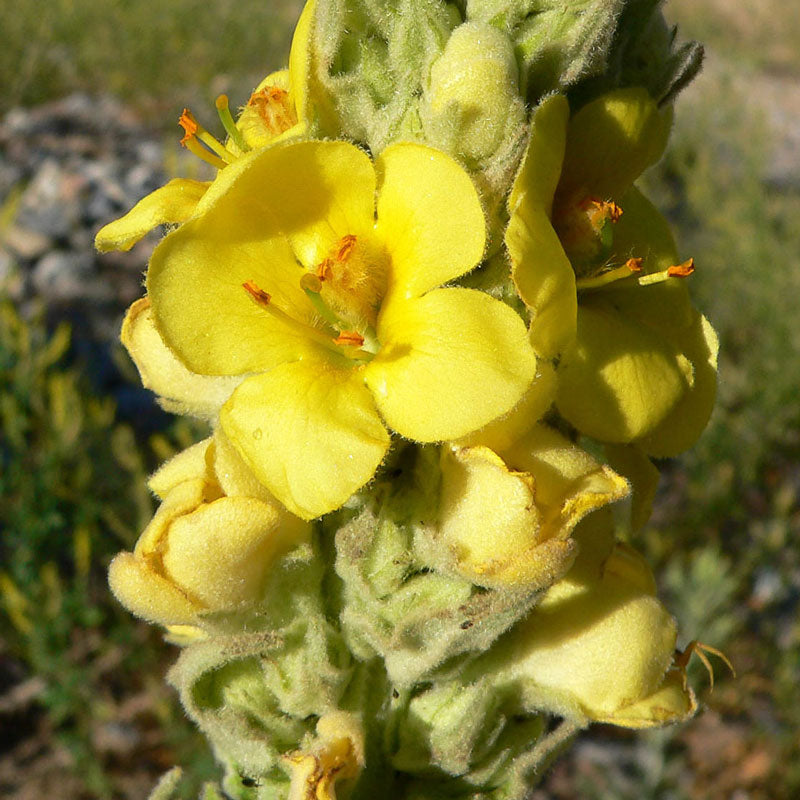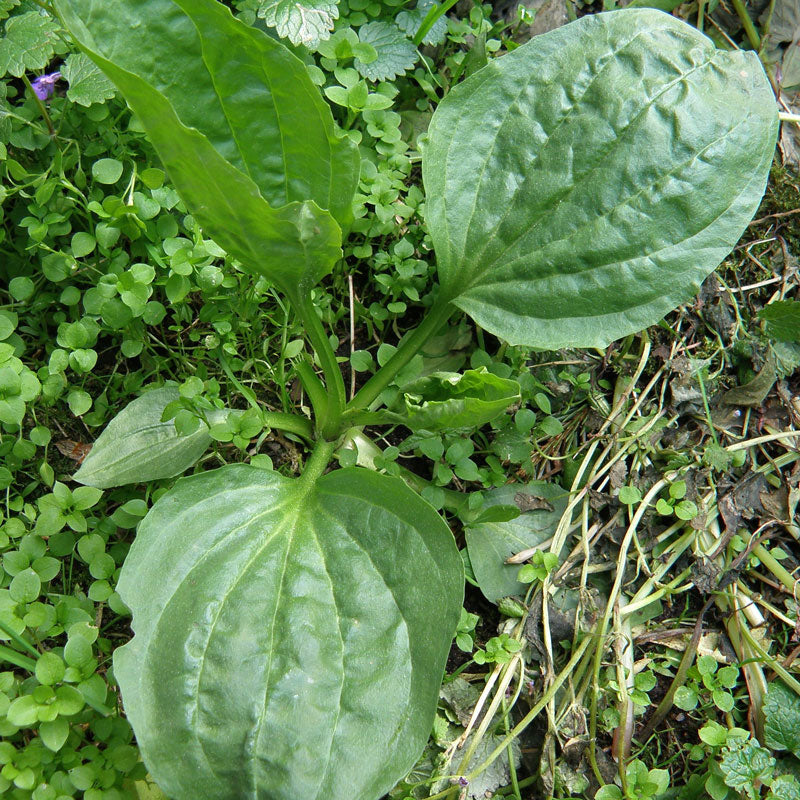

Mullein (Verbascum thapsus)
- $14.00 CAD
- $14.00 CAD
- Unit price
- per
50g, 100g, 250g
Couldn't load pickup availability
Parts used: Leaves
Properties
Analgesic, anti-catarrhal, antispasmodic, antitussive, astringent, demulcent, diuretic, expectorant, mucilant, vulnerary
Primary nutrients
Calcium, iron, potassium, sulfur, vitamins A, B-complex, and D
Traditionally, mullein is well known for its use in treating respiratory disorders such as asthma, bronchitis, coughs, tuberculosis and congestion. It can help loosen mucus from the respiratory and lymphatic systems. It nourishes and strengthens the lungs. Other uses of mullein include to relieve pain, soothe hemorrhoids, treat burns and bruises and to induce sleep. It has a calming effect on inflamed tissues and irritated nerves. Mullein helps control coughs, cramps and spasms. The tea has been used for dropsy, sinusitis, swollen joints and can be applied to mumps, tumors, a sore throat and tonsillitis. Though mullein has been used traditionally for centuries, little is known of the healing components of the herb.
Modern research has found that the saponins, mucilage and tannins contribute to the soothing topical effect of the plant. These properties are ideal for treating lung ailments, coughs, colds, asthma, whooping cough and emphysema. Mullein is also suggested for pain, as a sleep aid, a laxative, and to get rid of warts. One study found that mullein inhibits the growth of bacteria known to cause tuberculosis.
Primary Applications
Allergies/hay fever
Asthma
Bleeding, bowels/lungs
Bronchitis
Colds
Congestion, sinus
Coughs
Croup
Diarrhea
Dysentery
Earaches
Emphysema
Glandular problems
Hemorrhages
Insomnia
Joints, swollen
Lung disorders
Lymphatic congestion
Membranes, irritated
Nervousness
Pain
Pleurisy
Pulmonary disease
Tuberculosis
Secondary Applications
Alcoholism
Bruises
Constipation
Diaper rash
Edema
Eye problems
Intestinal problems
Menstrual problems
Mumps
Skin disorders
Throat, sore
Toothaches
Tumors
Venereal diseases
Ulcers
Warts
Wounds
50g, 100g, 250g
RELATED PRODUCTS
- Choosing a selection results in a full page refresh.



